This blog is a place holder for my evolving views on glyphosate in food, and in particular, glyphosate in meat. This is to help me compose a book I am writing on the subject based on over 7,800 records of foods collected in Canada and tested by CFIA, a copy of which was sent to me recently.
For the first half of the tested records, a few food items were totally missing, such as conventional wheat, bread, meat, poultry or milk. Glyphosate was expected to be present in samples of such foods produced in North America, since industrial scale farming of crops and livestock was closely intertwined with industrial pesticides expected to be in the crop as well as the animal feed.
Anyhow, in the later part of the records, based on samples collected from around mid-2016, a small numbers of samples of wheat, wheat products, as well as some meat products that contained beef, pork and chicken started showing up.

This chart was first prepared containing the handful of individual sample foods containing chicken, from the first 4,500 odd records. As the table shows, the number of samples is too small to make a good general prediction. We wish many more samples of this food will come up in the later half of the records that are not yet fully transcribed.
The initial glyphosate (+AMPA) content in those foods were rather low. Some had trace (positive) amount and some even had none. This brought the average ppb content of all samples with chicken in them, to 19. I was puzzled by this low figure since most of the chicken raised and sold in North America were factory farmed, laced not only with antibiotics, which was not covered in this test, but also genetically modified RoundUp Ready crops laced with glyphosate.
I knew from studies made by Anthony Samsel and Stephanie Seneff that glyphosate, apart from being a chelator and depriving the consumer of mineral nutrients from the food, and apart from it being a major adversary and destroyer of vitally important gut bacteria through its anti-biotic function, it was also an analog of glycine and would thus slip past their immune system to enter cell biology and be mistakenly picked up by the animal’s cell RNA and eventually be mis-incorporated into animal proteins. This proteins where glycine has been substituted by glyphosate, would be malfunctioning proteins and this would be a pathway to a cascade of diseases depending on where those rogue proteins ended up in the animal.
More importantly, the same defective animal proteins, if eaten by humans, is also likely to slip past our own immune system and in tern be mis-incorporated into our own biology as rogue proteins that becomes a trigger for our own series of autoimmune diseases.
Some of those issues have been covered in earlier blogs such as this one () and more will be covered as most reports are published by the scientists Samsel and Seneff.
But the low glyphosate readings in the animals puzzled me, of which this chart about the chicken is just one instance.
So I asked the scientists about it. In the process, I got to know a few things about testing glyphosate in meat. I have the permission of scientists Samsel and Seneff to quote them, so what produce them here:
From Stephanie Seneff
Your work is so important in getting this information out to the public, Tony. I am really impressed with how much you have done already with this data. We just went shopping for some eggplant after I read about the zero glyphosate levels in it!
One thing I would like to say about the meats is a concern I have that the glyphosate may be embedded in the proteins and not properly extracted prior to measurement. Monsanto found that they had to do extensive proteolysis in order to free up glyphosate that they knew was present because they had radiolabelled it.
This problem is well known for other toxic chemicals that are non-coding amino acids. For example, proteolysis resulted in a 60 to 120 fold increased level of BMAA, a non-coding amino acid analogue of proline.
Here’s a paragraph from the newest paper by Anthony and me (still under review):
“There have been inconsistent results in measuring the levels of BMAA in different tissue samples, but this has been explained recently by the realization that any BMAA which is incorporated into proteins may be missed in the analysis without sufficient proteolysis. Ince et al. wrote: `When the insoluble, protein-containing fraction following TCA (trichloroacetic acid) extraction is further hydrolysed to release BMAA from protein, there is a further pool of ‘protein bound’ BMAA that is present in a ratio of between 60:1 and 120:1 compared with the pool of ‘free BMAA’.” [Ince, p. 348].
Ince, P.G.& Codd, G.A. Return of the cycad hypothesis – does the amyotrophic lateral sclerosis/parkinsonism dementia complex (ALS/PDC) of Guam have new implications for global health? Neuropathology and Applied Neurobiology 31 (2005) 345-353.
Animal protein with glyphosate embedded in it can be predicted to be extremely allergenic (worse than plant protein), and I think it could be a major source of the epidemic in autoimmune diseases that we’re seeing. This is especially worrisome because animal proteins are more likely to match up with human proteins through molecular mimicry and cause trouble with autoimmunity.
Stephanie
Stephanie Seneff
Senior Research Scientist
MIT Computer Science and Artificial Intelligence Laboratory
From Anthony Samsel
Tony,
Let me add to what Stephanie just said. All meat and fowl is contaminated with Glyphosate as well as other glyphosate related molecule like N-Acetylglyphosate from some GE’d corn and soy… Glyphosate esters, salts and metabolites as well as reaction products i.e. five nitrosamines of Glyphosate are also present.
As far as the numbers Canada found in meat they are too low based on DUPONT and MONSANTO studies. I have numbers from some of my lab work with beef and pork much higher as well as glyphosate in collagens from animals like 120 ppb + ….
Also, I need to know about CANADA’s methods of testing for Glyphosate in these 7000 samples.. Is it GC MS, HPLC MSMS or ELISA and if they are using acidulated methanol. The reason that I ask, most labs doing HPLC use acidulated methanol in the method. This can mask GLLYPHOSATE so that you don’t get accurate results they are too low and or low levels disappear completely giving a false negative result….
Glyphosate reacts with methanol forming an ester of glyphosate which does not show up in the chromatogram where you would find glyphosate…. so, the lab will say we didn’t find any or the results will be low and under the radar so to speak and viewed as not a problem …
There are no safe levels of Glyphosate ….
Anthony
Anthony Samsel
Research Scientist / Consultant,
SEAPHS : Samsel Environmental and Public Health Services
One might wait till Samsel/Seneff’s latest article is published, for further details, or check some of their earlier published papers on it as listed here.
From the above two – it became clear to me that there is a possibility that the glyphosate readings in meat items as tested by some lab for CFIA might show a false negative or too low values of glyphosate. As Stephanie said – there were a 60 to 120 fold rise in detected glyphosate level, once the glyphosate embedded in animal proteins were extracted as a step prior to testing.
I aim to check later with CFIA for identification of the labs that did the tests on meat samples, to check if they used proteolysis or other methods as a pre-test process to extract embedded glyphosate that otherwise might now show up in the spectrogram. But that is in the future and I am not sure if either the Government or the labs will be willing to discuss these issues with me since I am not the client that ordered the tests. We shall see.
Meanwhile, I am assuming that CFIA did not specifically know about Semsel or Seneff’s work on glyphosate in animal protein, or of Monsanto and Dupont’s findings that glyphosate does not easily show up in standard spectrograms and false negatives or greatly reduced readings are very possible. Therefore it is likely the CFIA results on glyphosate in meat is showing greatly reduced values.
As Stephanie Seneff’s message indicates, very low levels of glyphosate in animal proteins may be more dangerous for human consumers compared to its plant based counterparts, simply because animal proteins might have an easier time slipping past our immune system by cell mimicry, since animal proteins are closer to our proteins than plant proteins. We humans are also animals and evolved out of the animal kingdom, never mind religious scriptures.
And so, to see where it goes, I multiplied the glyphosate readings, added to their AMPA where applicable, by 90, which was the mid point between 60 and 120, to see where the projected glyphosate values would go.
This table shows those projected values.
This text may end up, after cleaning up and modification, in my coming book on the topic.
Thanks for reading. Comment welcome.








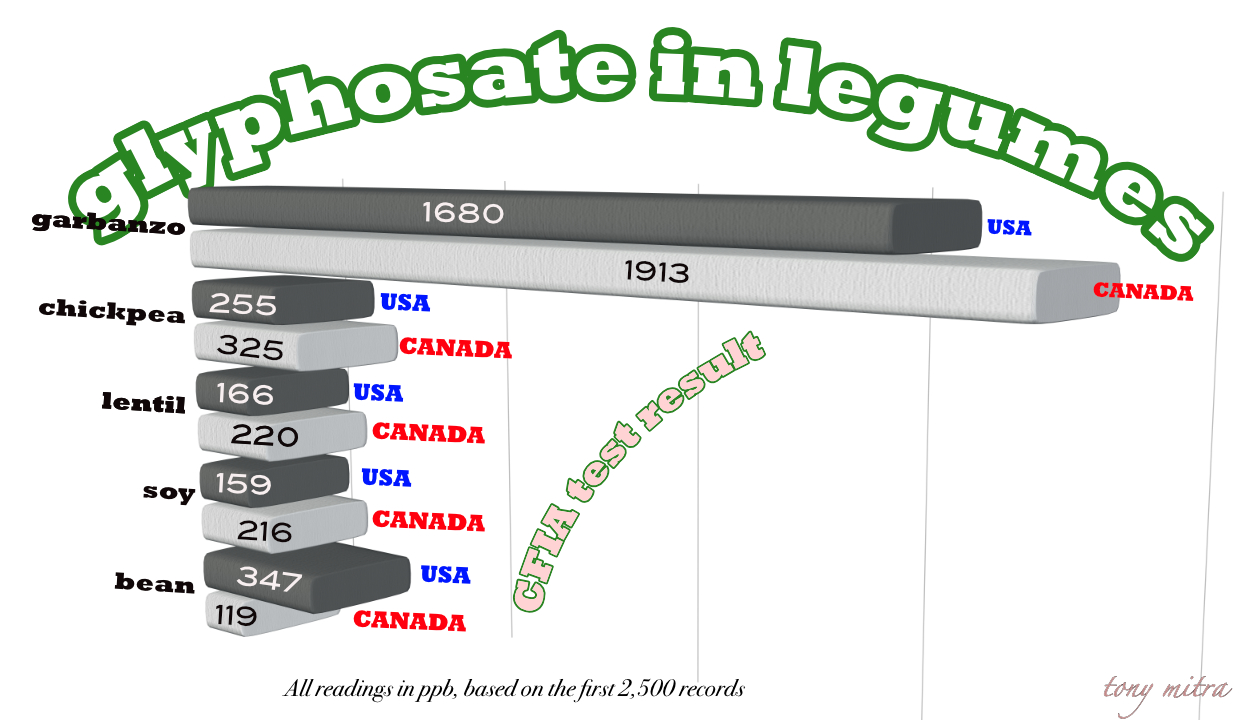
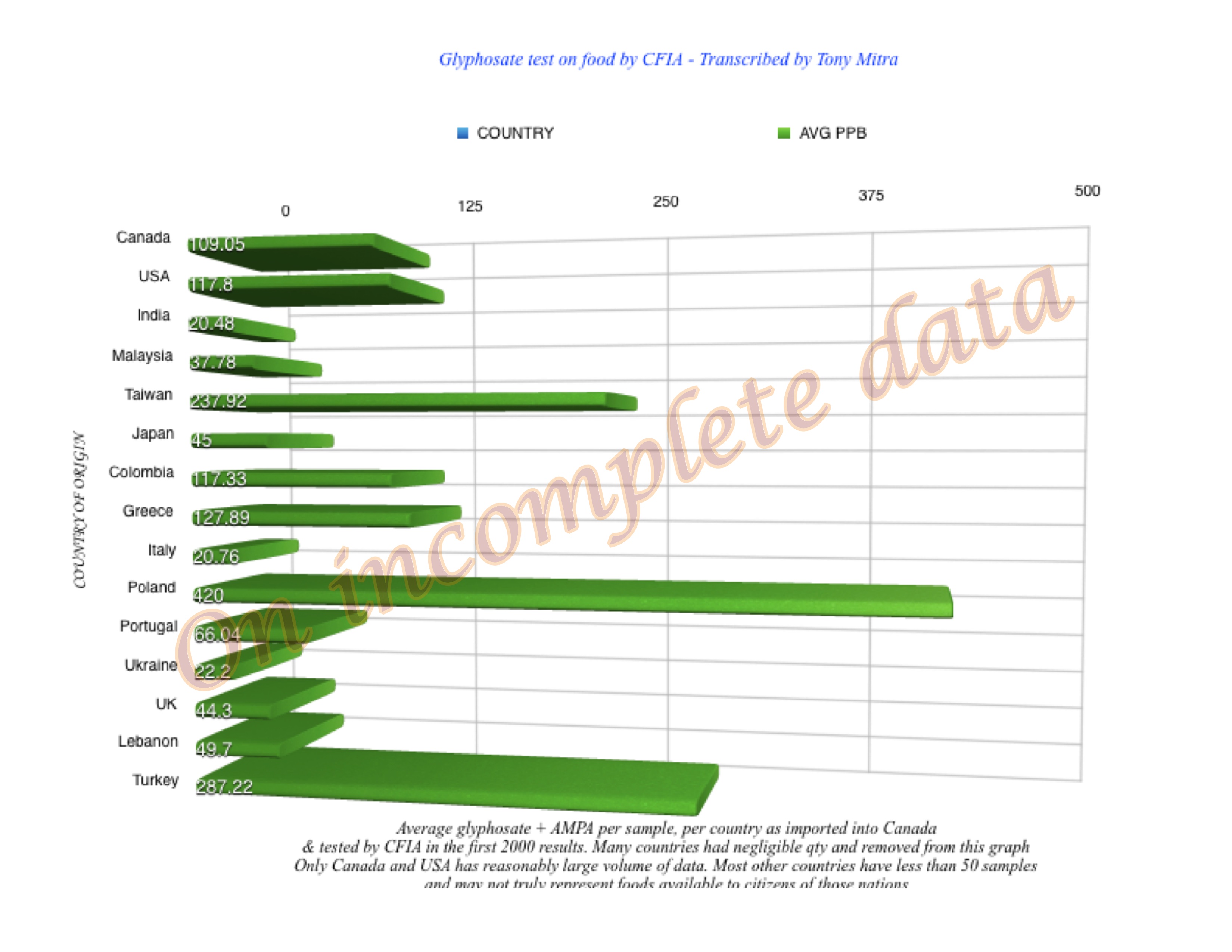
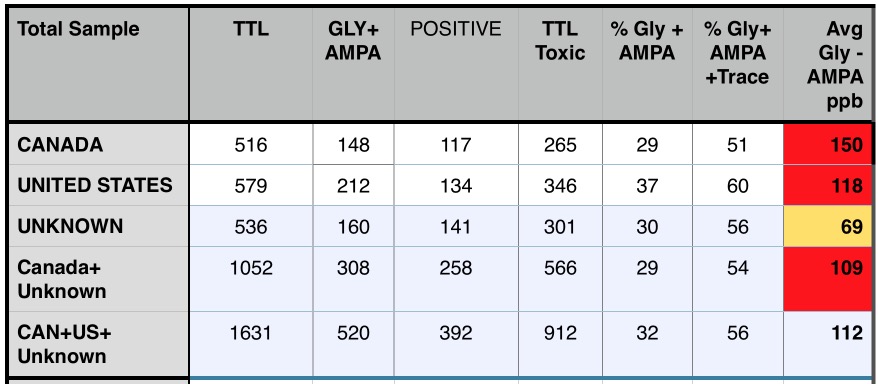







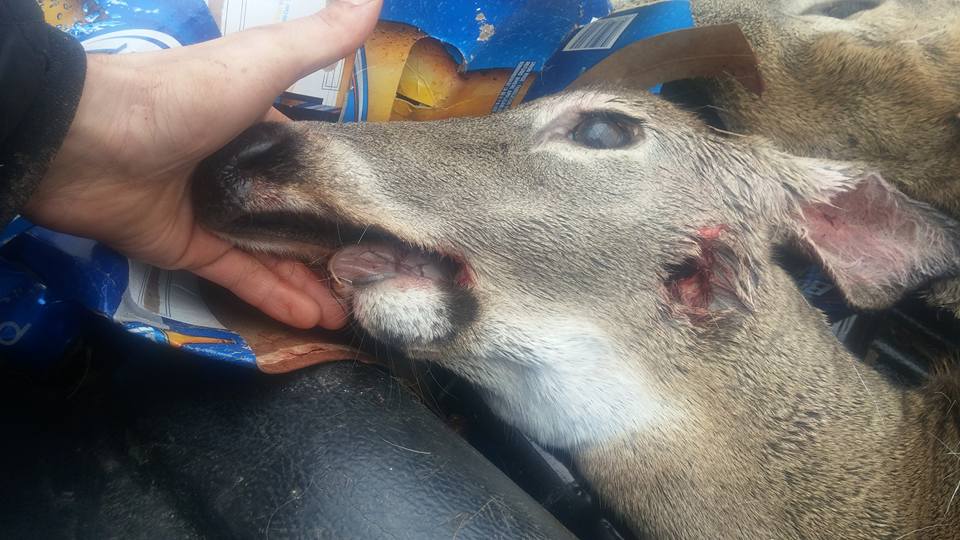

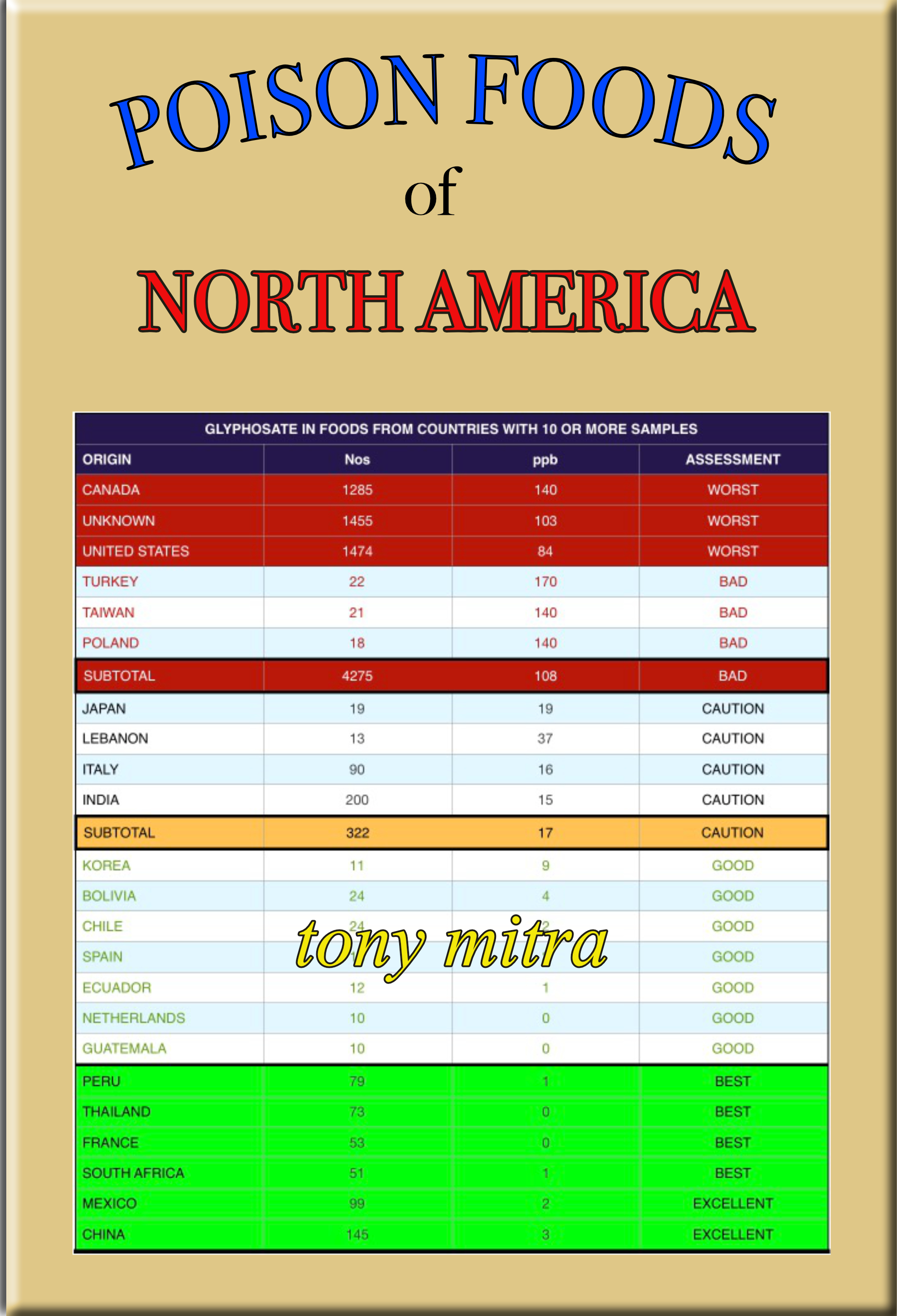


 Anyhow, I wished to preserve this piece of information, not only because it deserves to be in the general body of information attached to the petition, but also as a blog and perhaps a near future book of essays, on my experience as a food security activist, and the journey of trying to push back from the toxic avalanche we are all subjected to.
Anyhow, I wished to preserve this piece of information, not only because it deserves to be in the general body of information attached to the petition, but also as a blog and perhaps a near future book of essays, on my experience as a food security activist, and the journey of trying to push back from the toxic avalanche we are all subjected to.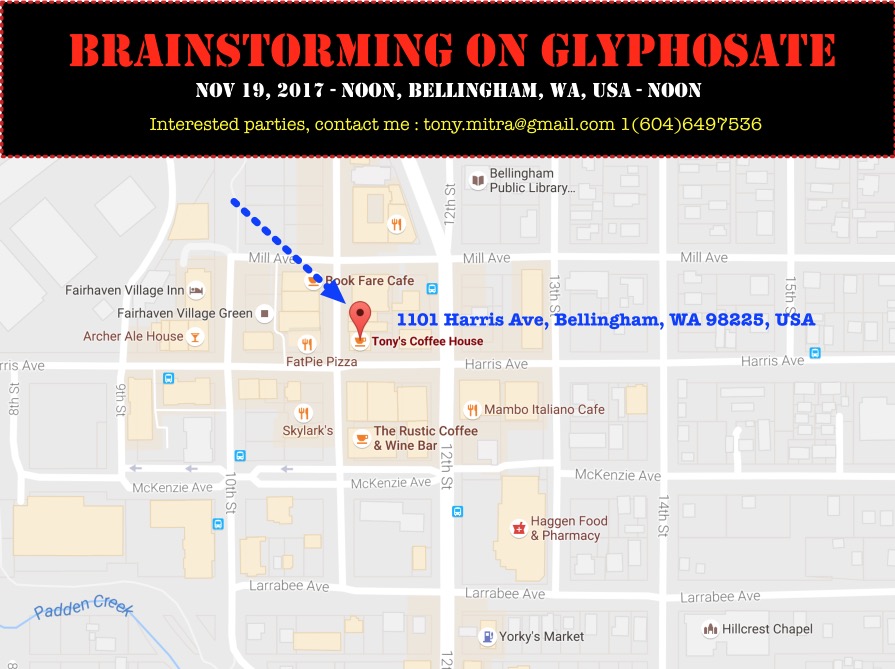
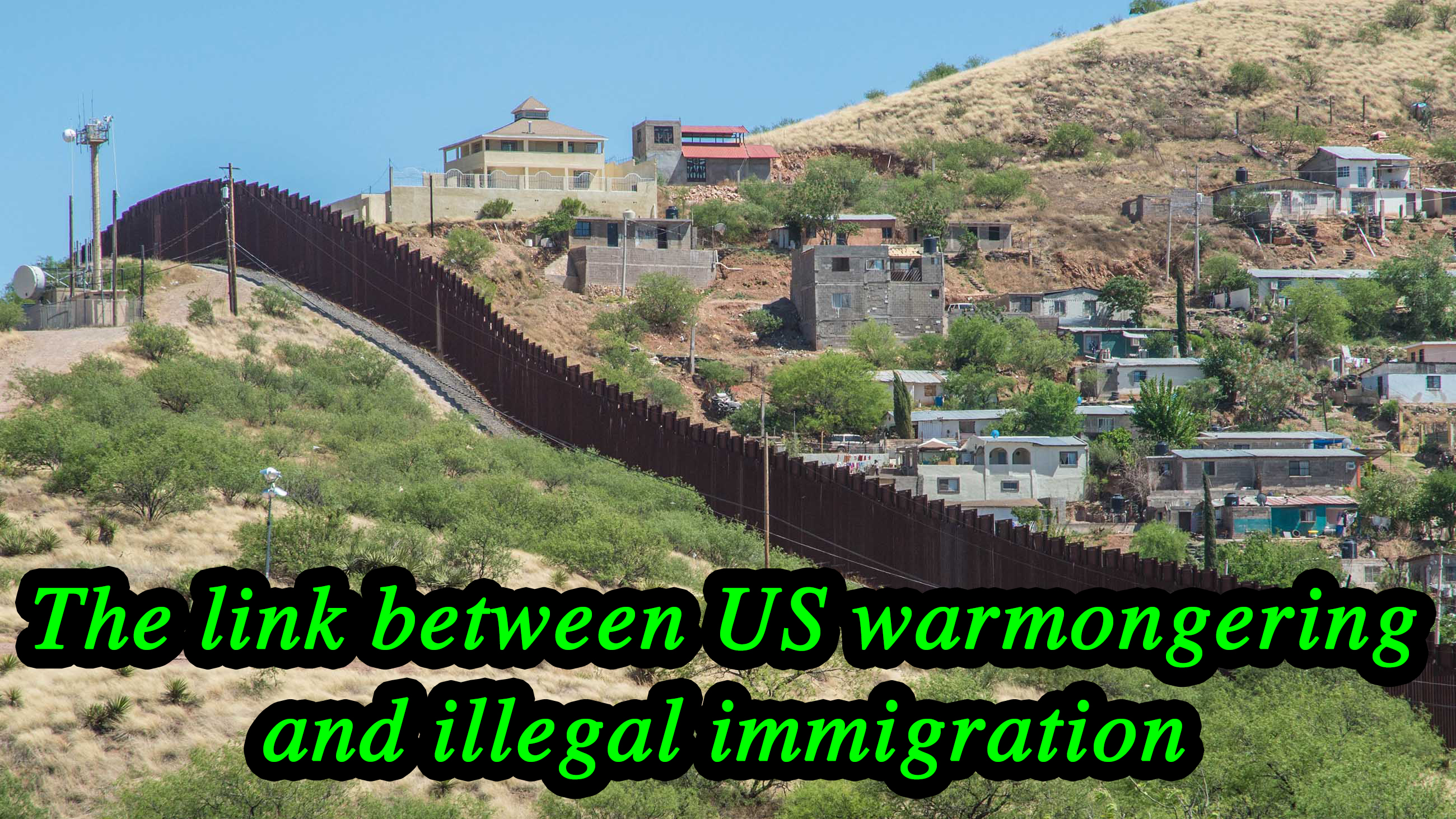 Many articles of the mainstream are covering Donal Trump’s to-do list.
Many articles of the mainstream are covering Donal Trump’s to-do list. That is why the war mongering cannot be mentioned, and that is why the US economy has gotten used to hiring illegal immigrants at dirt poor wages at the expense of local and legal citizens.
That is why the war mongering cannot be mentioned, and that is why the US economy has gotten used to hiring illegal immigrants at dirt poor wages at the expense of local and legal citizens.